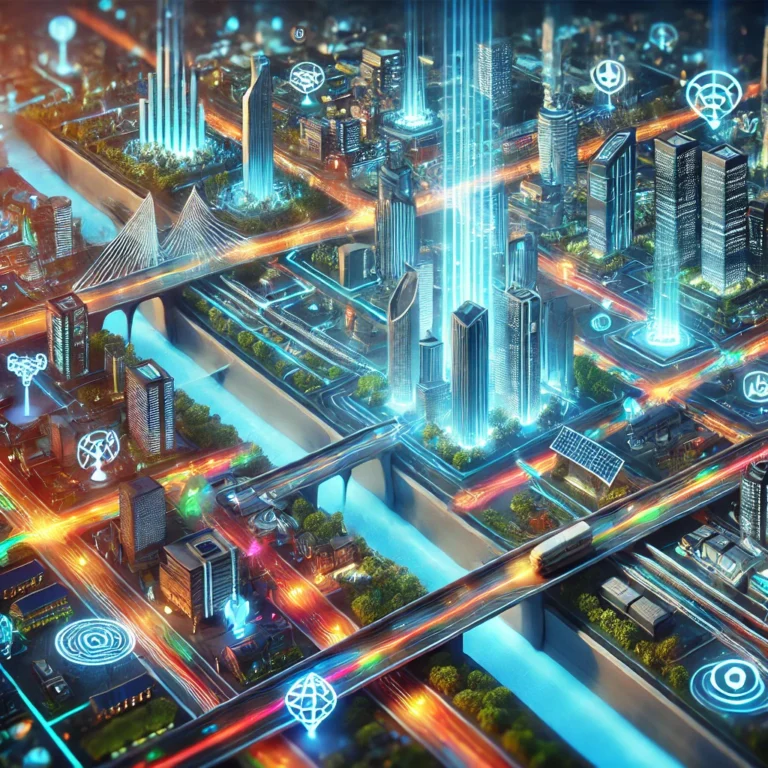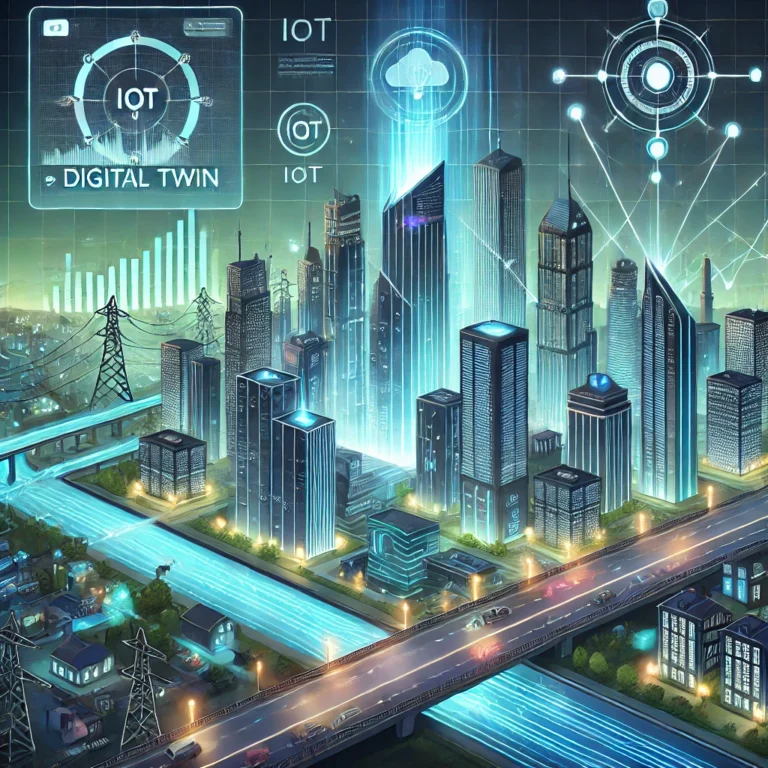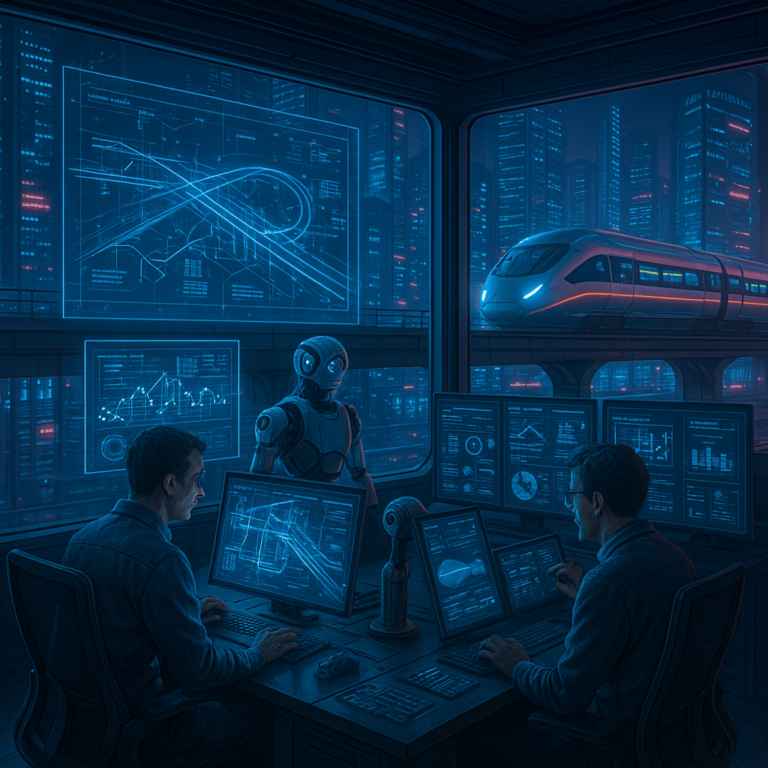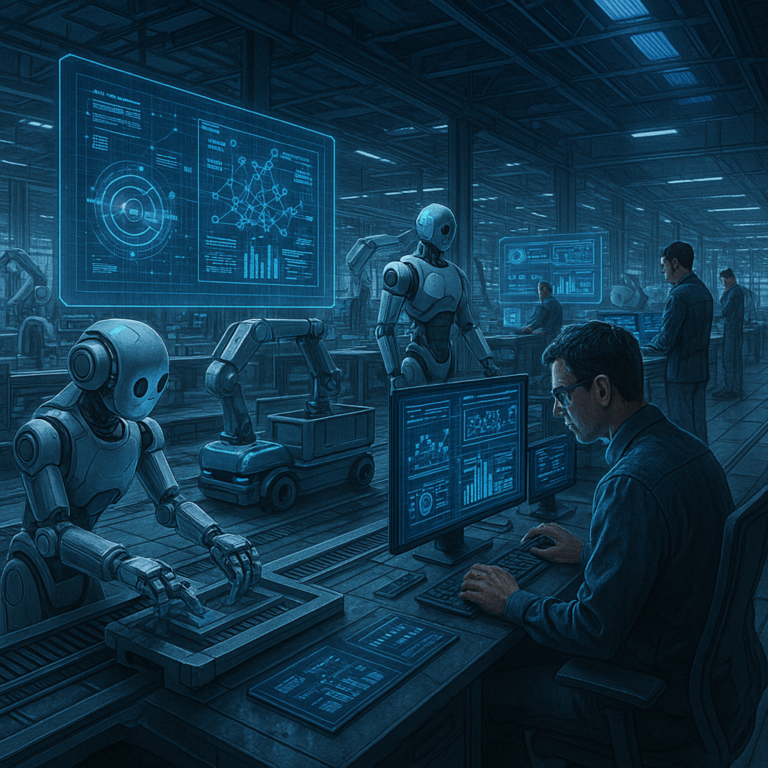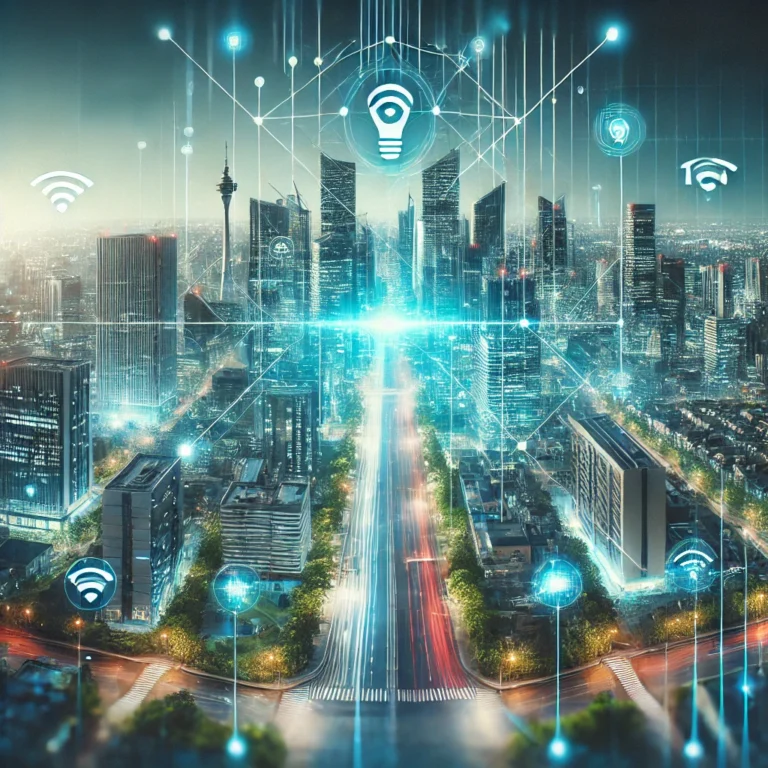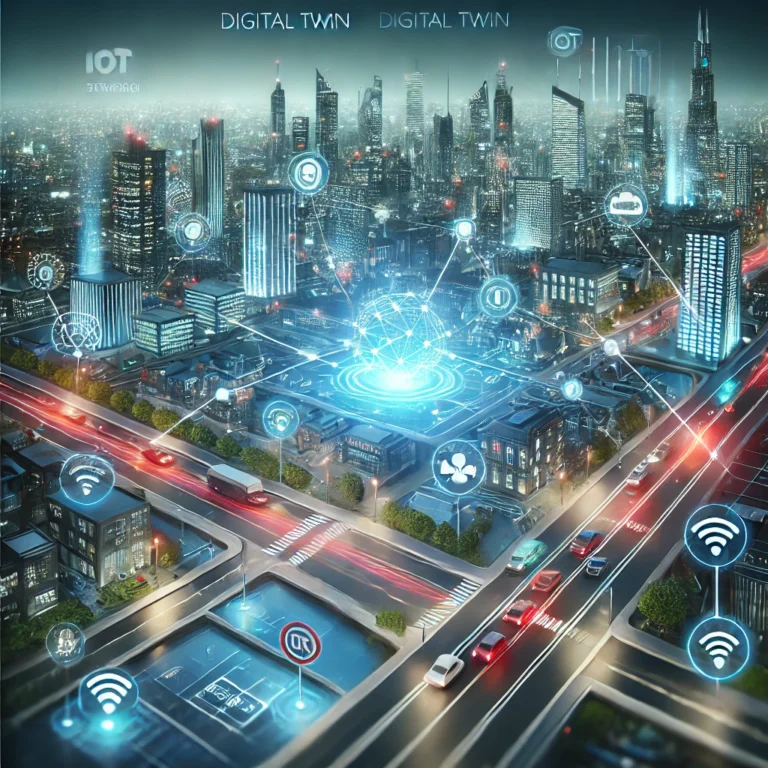In today’s rapidly evolving industrial landscape, digital twin technology is emerging as a revolutionary tool for optimizing processes, improving productivity, and enabling smarter decision-making. A digital twin is a virtual replica of a physical asset, system, or process, enabling real-time monitoring, simulation, and analysis. This advanced technology bridges the physical and digital worlds, offering unparalleled insights and transformative capabilities across various sectors.
What is Digital Twin Technology?
Digital twin technology involves creating a digital model that mirrors the behavior, functionality, and condition of its real-world counterpart. By leveraging data from sensors, IoT devices, and advanced analytics, digital twins provide a real-time representation of physical systems. These models can predict performance, diagnose issues, and optimize processes by simulating different scenarios without disrupting the actual operations.
Applications in Industry
Digital twins are being widely adopted across multiple industrial sectors, including manufacturing, energy, healthcare, and logistics. Key applications include:
- Predictive Maintenance:
- Digital twins can predict equipment failures by analyzing real-time data and identifying anomalies. This reduces unplanned downtime and maintenance costs, ensuring smooth operations.
- Product Design and Testing:
- Engineers use digital twins to test new designs in a virtual environment, saving time and resources. These simulations allow for adjustments and refinements before physical prototypes are developed.
- Process Optimization:
- In manufacturing, digital twins enable real-time monitoring of production lines, helping identify bottlenecks and inefficiencies. This leads to improved productivity and reduced waste.
- Energy Management:
- For energy systems, digital twins monitor performance, predict demand, and optimize energy distribution. Wind farms and solar power plants use digital twins to maximize energy output and efficiency.
- Supply Chain Management:
- By creating a digital replica of the supply chain, companies can identify disruptions, optimize logistics, and enhance resilience.
Benefits of Digital Twin Technology
The integration of digital twins into industrial operations offers numerous advantages:
- Enhanced Decision-Making:
- Real-time data and predictive insights empower organizations to make informed decisions.
- Cost Savings:
- By optimizing processes and preventing failures, digital twins significantly reduce operational costs.
- Improved Sustainability:
- Digital twins help minimize waste and energy consumption, contributing to greener operations.
- Increased Innovation:
- Simulating scenarios fosters innovation, enabling companies to experiment with new ideas safely and efficiently.
Challenges and Future Potential
Despite its transformative potential, digital twin technology faces challenges such as data integration, cybersecurity, and the need for advanced expertise. However, as technology continues to advance, these barriers are gradually being addressed. The future of digital twins lies in their integration with artificial intelligence (AI) and machine learning, enhancing their predictive capabilities and scalability.
Conclusion
Digital twin technology is reshaping the industrial world by offering a deeper understanding of systems and processes. Its ability to enhance efficiency, reduce costs, and drive innovation makes it a vital tool for industries seeking to stay competitive in a dynamic environment. As the technology evolves, digital twins will undoubtedly become a cornerstone of modern industrial practices, unlocking unprecedented opportunities for growth and innovation.


